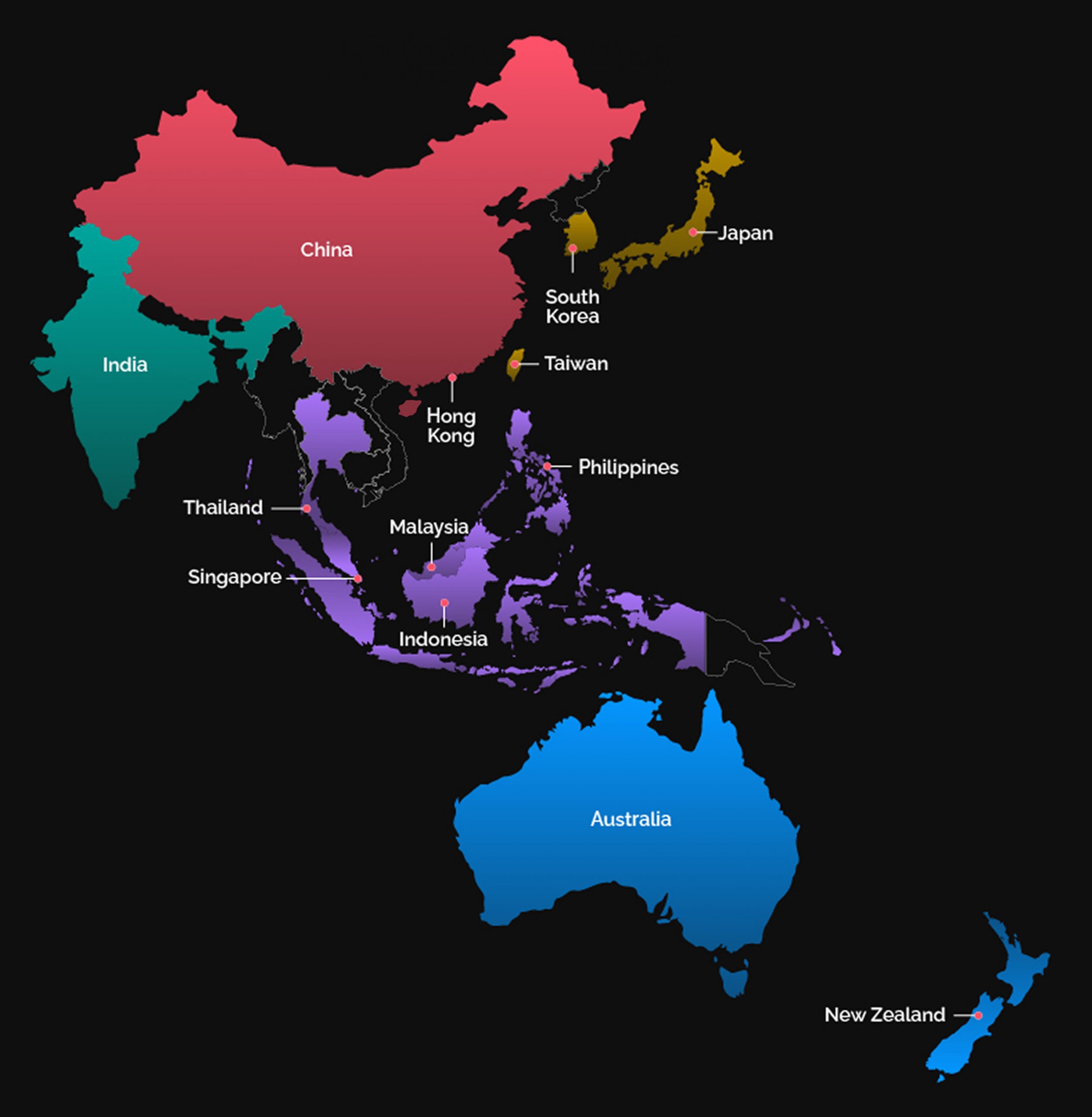Thai and Chinese cultures, cuisines, and customs differ significantly despite sharing some similarities. Thai culture emphasizes warm hospitality, respect for elders, and a relaxed approach to life, while Chinese culture values strong family values, traditional customs, education, respect for authority, and a strong work ethic. Thai cuisine emphasizes bold and spicy flavors, unique ingredients, and fresh herbs and vegetables, while Chinese cuisine is diverse and regional, featuring rich sauces, savory flavors, and meat and vegetable dishes. Thai customs center around respect, humility, and non-confrontation, while Chinese customs emphasize hierarchy, social order, and family values. These differences highlight the richness and diversity of Asian cultures.
Thai vs. Chinese: Exploring the Differences Between Two Asian Greats
As two of the largest and most influential countries in Asia, Thailand and China have played significant roles in the development of their respective cultures, cuisine, and traditions. However, despite sharing some similarities, these two countries are vastly different in many aspects. In this article, we’ll explore the key differences between Thai and Chinese cultures, food, and customs.
Culture
The culture of Thailand and China is unique and diverse, with distinctive elements that differ from each other. While Thai culture is influenced by Buddhism and Hinduism, Chinese culture is mainly influenced by Confucianism and Taoism.
Thai culture is known for its warm hospitality, respect for elders, and a relaxed approach to life. Thai people value family, community, and harmony in their daily life. On the other hand, the Chinese culture is known for its dynastic history, strong family values, and traditional customs. The Chinese place great importance on education, respect for authority, and a strong work ethic.
Food
Thai and Chinese cuisines are popular around the world and offer a diverse range of flavors and dishes. Thai cuisine is known for its bold and spicy flavors, unique ingredients, and an emphasis on fresh herbs and vegetables. Some of the most popular Thai dishes include Tom Yum Soup, Pad Thai, and Green Curry.
Chinese cuisine, on the other hand, is diverse and regional, with different flavors and cooking styles depending on the region. Cantonese cuisine is the most popular Chinese food in the west, with dishes such as Dim Sum, Sweet and Sour Pork, and Wonton Soup. Mandarin, Sichuan, and Hunan cuisine are also popular in China and around the world. Chinese cuisine is known for its rich sauces, savory flavors, and wide variety of meat and vegetable dishes.
Customs
Customs and traditions play an important role in both Thai and Chinese cultures. However, these customs are different from each other in many ways. Thai customs are deeply rooted in Buddhism and Hinduism, with a focus on respect, humility, and non-confrontation. The wai, a greeting gesture that involves placing the palms of the hands together and bowing the head, is a unique Thai custom that shows respect and friendliness.
Chinese customs, on the other hand, are rooted in Confucianism and Taoism, with a strong emphasis on hierarchy and social order. Family is highly valued in Chinese culture, and rituals such as the Chinese New Year and the Mid-Autumn Festival are celebrated with great enthusiasm. Customs such as bowing to elders, offering gifts at certain times, and practicing Feng Shui are common in Chinese culture.
Conclusion
In conclusion, while Thai and Chinese cultures share some similarities, they are vastly different in many aspects. Thai culture is influenced by Buddhism and Hinduism, Chinese culture is mainly influenced by Confucianism and Taoism. Thai cuisine is known for its bold and spicy flavors, while Chinese cuisine is diverse and regional with different flavors and cooking styles. Similarly, Thai customs have a focus on respect and humility, while Chinese customs emphasize hierarchy and social order. These differences add to the richness and diversity of Asian cultures and showcase the uniqueness of each country’s traditions, customs, and cuisine.
